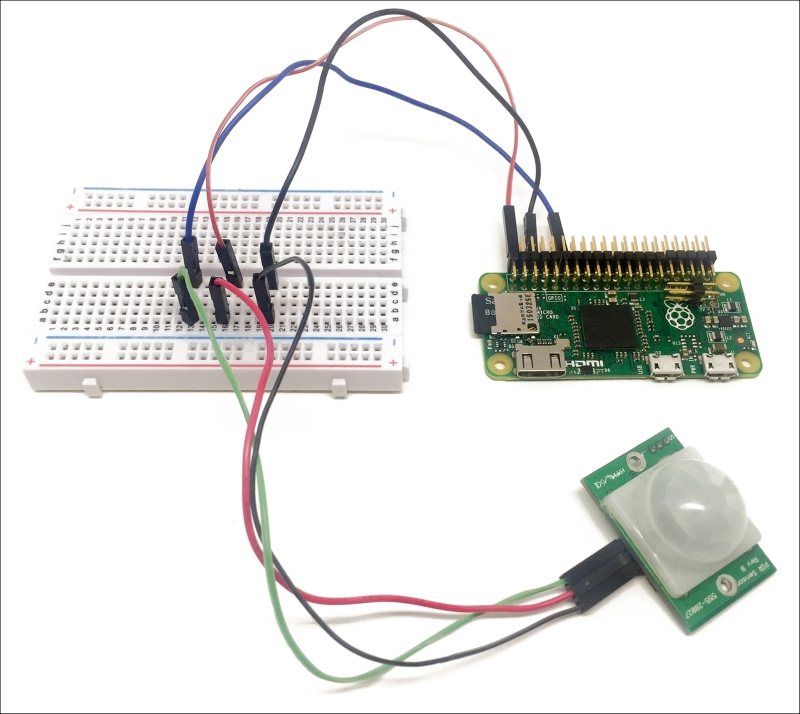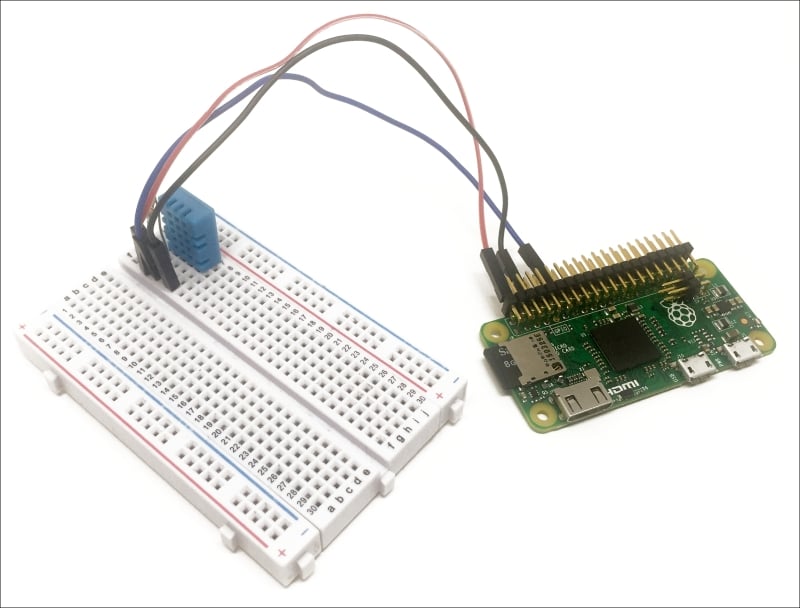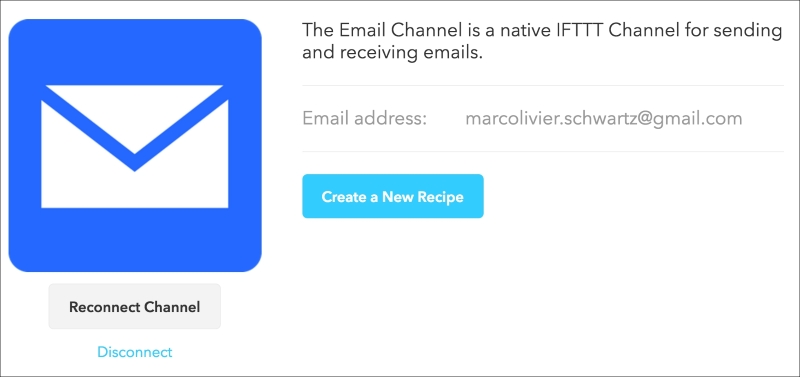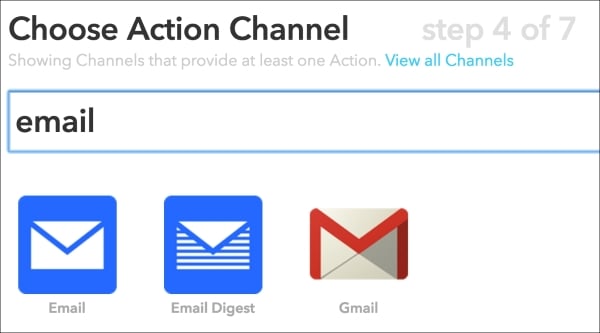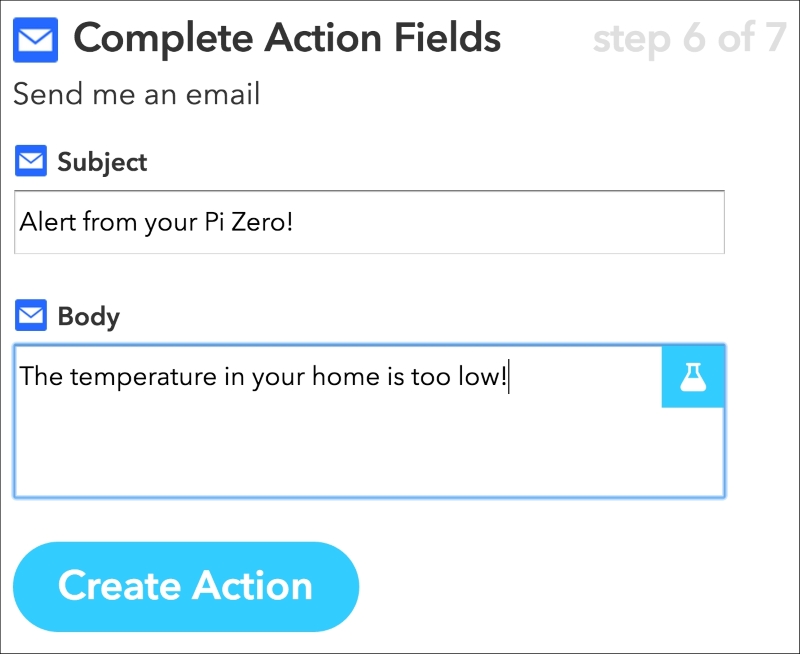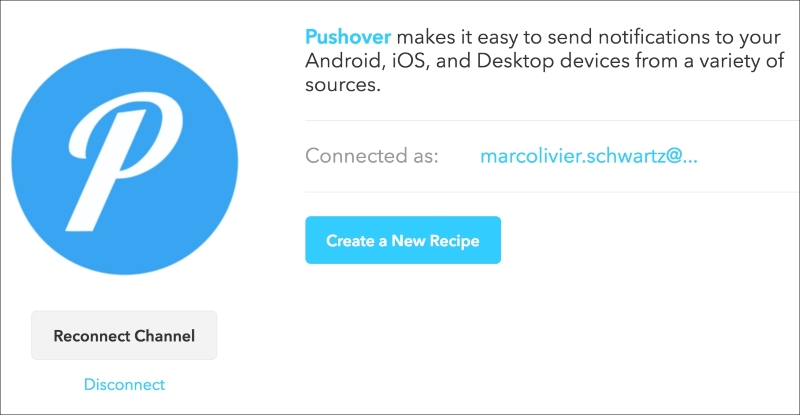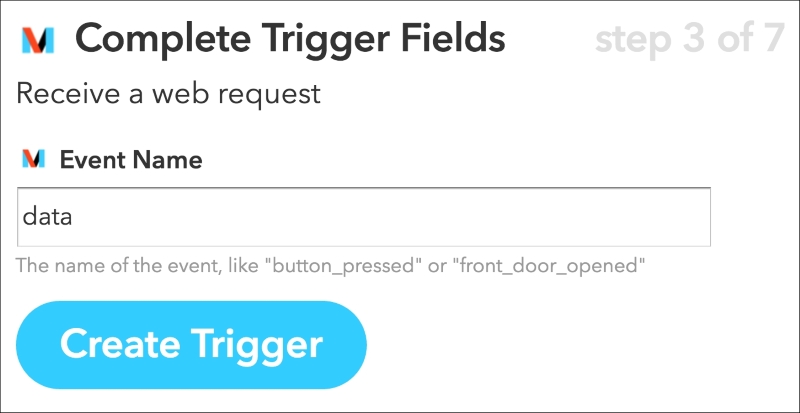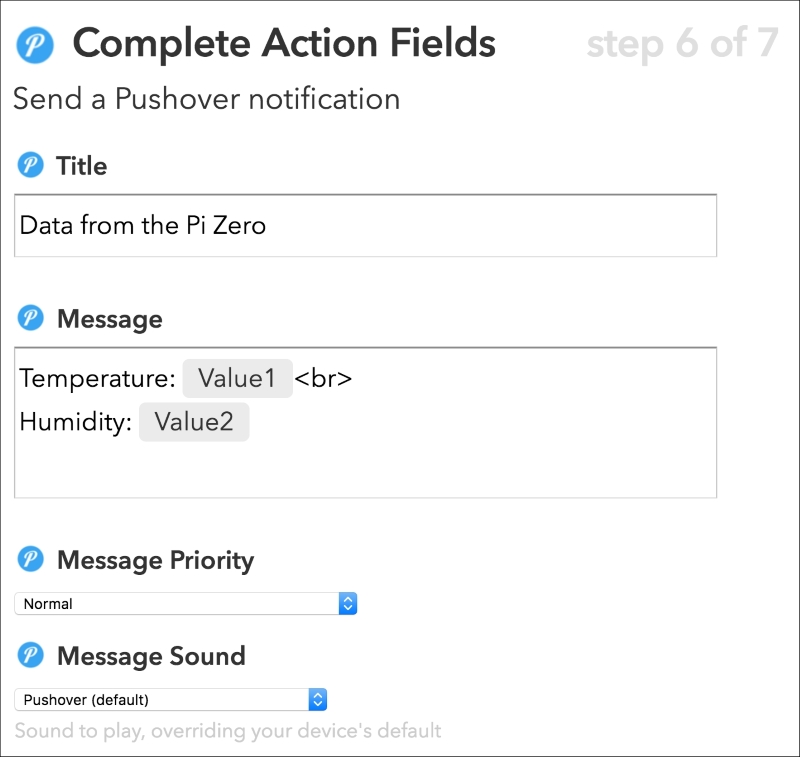In this chapter, we are going to start diving into a very interesting field that will change the way we interact with our environment: the Internet of Things (IoT). The IoT basically proposes to connect every device around us to the Internet, so we can interact with them from anywhere in the world.
Within this context, a very important application is to receive notifications from your devices when they detect something in your home, for example a motion in your home or the current temperature. This is exactly what we are going to do in this chapter, we are going to learn how to make your Raspberry Pi Zero board send you notifications via text message, email, and push notifications. Let's start!

